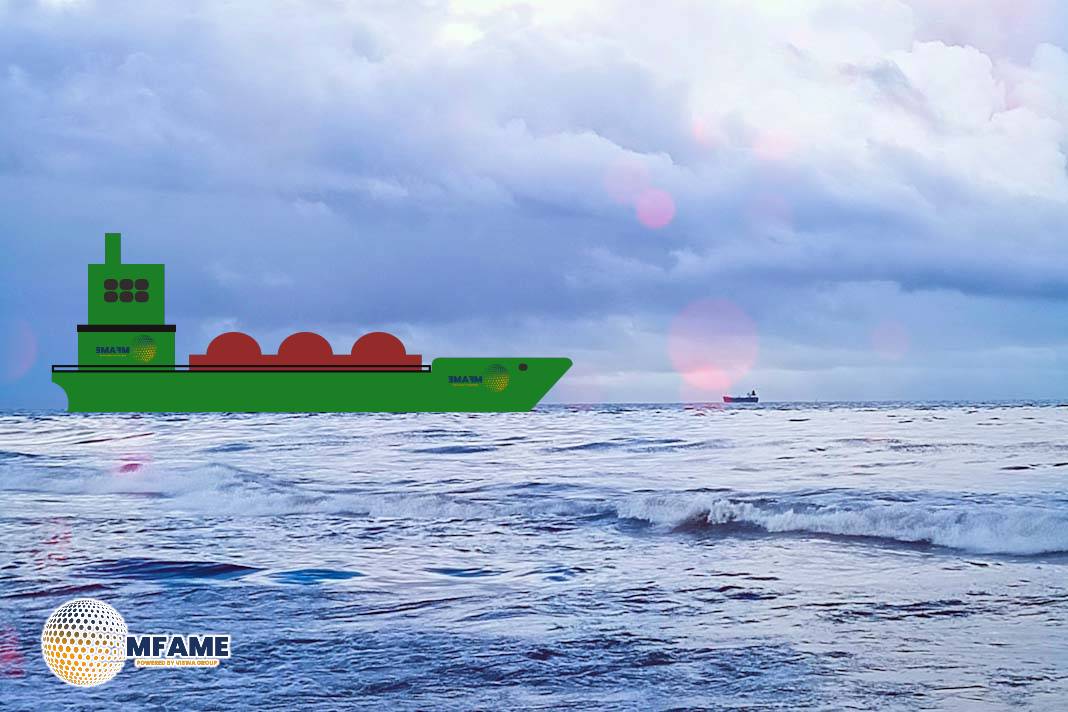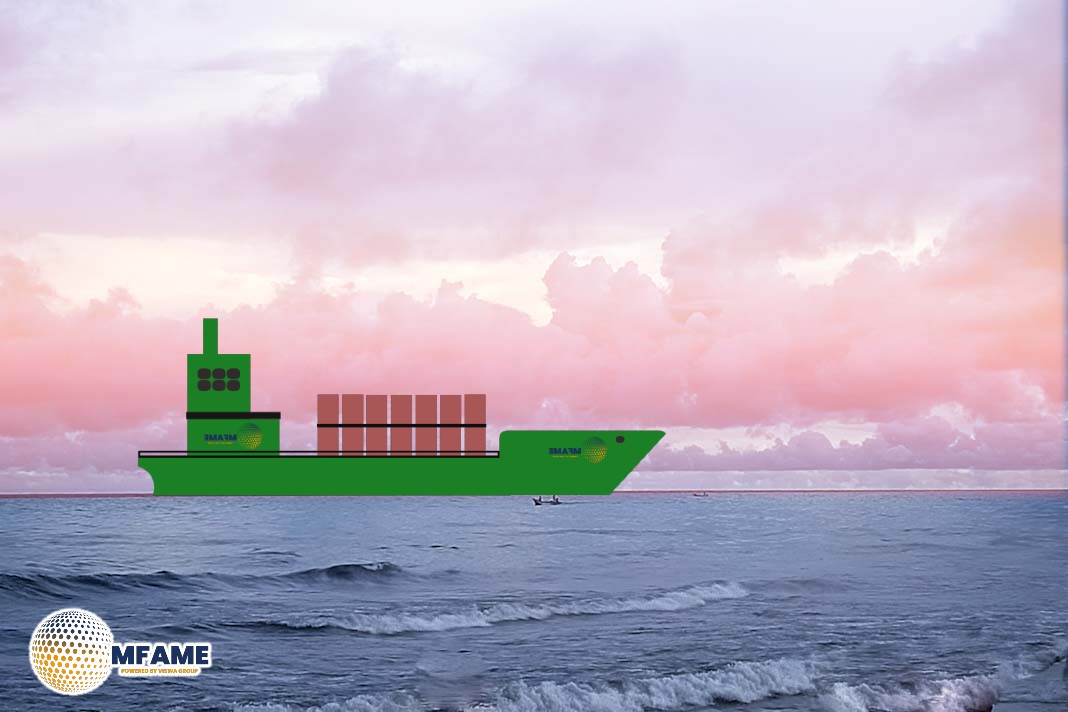- Globalization is shifting from a unified model to regional trade blocs.
- Financial and trade flows are being restructured, with China reducing US investments.
- A hybrid system of globalization may emerge, balancing fragmentation with cooperation.
The global economic landscape is undergoing a major transformation, moving away from the interconnected trade system of the 1990s toward regional alliances. Companies are reorganizing supply chains, nations are rethinking financial strategies, and the balance of globalization is shifting. While some fear full-on fragmentation, a hybrid model of economic cooperation and regional integration may define the future.
The Rise of Regional Trade Blocs
Gilles Moëc, chief economist at AXA Investment, highlights how globalization is “splitting into competing groups instead of a single connected system”.
Rather than eliminating cross-border trade, this shift has led to “clubification”, where supply chains form within regional alliances based on shared values and security interests.
This approach helps counteract inefficiencies caused by fragmentation, as long as these blocs contain both low-wage producers and high-spending consumers.
Connector Countries Bridge the Divide
In this fragmented system, neutral nations like Mexico and Vietnam act as intermediaries, facilitating trade between competing blocs.
\However, this role comes with challenges. Some policymakers worry these nations could act as “Trojan horses”, allowing geopolitical rivals to bypass trade restrictions.
The tightening of rules of origin under the United States-Mexico-Canada Agreement (USMCA) is a prime example of how trade flows are being controlled to prevent such loopholes.
US and China’s Financial Realignment
The global financial system is also shifting. In the early 2000s, China heavily invested in US bonds, creating a financial interdependence that helped stabilize relations. However, as
Moëc explains, “China has been cutting back its investments in US assets while investors from countries politically and militarily aligned with the United States have increased theirs”.
This has led to the US relying more on allies for funding, while China redirects capital toward emerging markets, strengthening South-South financial connections.
Challenges Within the Global South
While blocs like BRICS aim to unite emerging economies, deep-rooted rivalries persist. India’s economic ambitions clash with China’s dominance, while countries like Indonesia are imposing tariffs on Chinese goods to protect local industries. Even within financial markets, regulatory differences further complicate cooperation.
Moëc notes, “Some European financial institutions cannot operate with pension funds in some US states because they apply a sustainability filter to their investments as per EU regulations”.
The Future: A Hybrid Global Economy?
Moëc warns that “full-on fragmentation, with its uncertainty, is now a real risk”, which could lead to inflation and inefficiencies. However, he also sees potential for a hybrid model, where a US-led bloc, a China-led bloc, and a traditional multilateral system coexist.
Agreements between the EU and Mercosur and the post-Brexit UK’s renewed ties with the EU suggest that this flexible, multi-layered approach could shape the future of globalization.
Did you subscribe to our daily Newsletter?
It’s Free Click here to Subscribe!
Source: Baltic Exchange















![[Watch] Crazy Power Needed to Move World’s Largest Containerships](https://mfame.guru/wp-content/uploads/2023/11/mfame-tanker-100x70.jpg)
